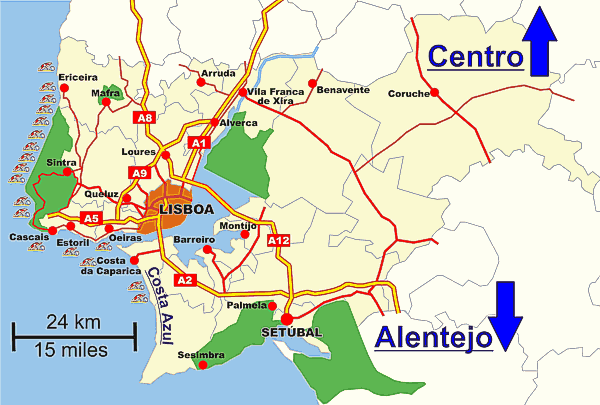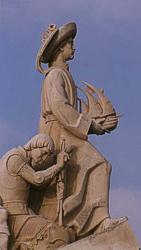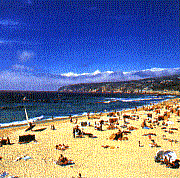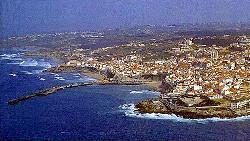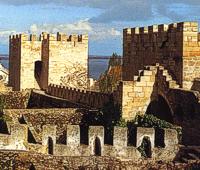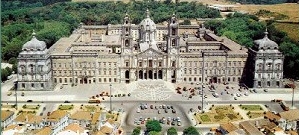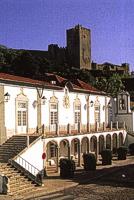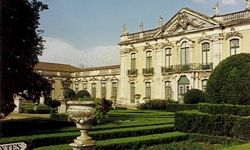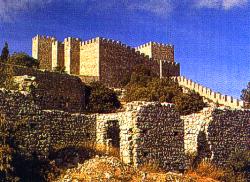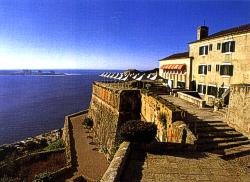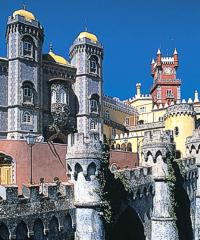|
Tourism |
| Portugal > Tourism > Lisbon's Coast > Accommodation | |
|
|
This region spreads from the Tagus estuary to the
Alentejo coastline, from the sophisticated great metropolis to colourful
fishing villages.
Accommodation | Sightseeing Guided Tours | Golf Places of interest | Regional gastronomy | Festivities | Handicrafts |
|
|
|
Boasting springtime temperatures during the winter and cool summers freshened by a breeze blowing in from the Atlantic, Costa de Lisboa, on the southwestern coast, offers a rich and impressively integrated diversity. The capital of Portugal since its conquest from the Moors in 1147, Lisbon is a legendary city with over 20 centuries of History. The Alfama is one of the oldest quarters in Lisboa. Since it largely survived the earthquake of 1755, the area still retains much of its original layout. Adjacent to the Alfama are the likewise old quarters of Castelo and Mouraria, on the western and northern slopes of the hill that is crowned by St. George's Castle. Every year in June, the streets of all three quarters come alive with the feasts in honour of the popular saints. The Graça quarter and the churches of São Vicente de Fora and Santa Engrácia are within walking distance of this area. Radiant skies brighten the monumental city, with its typical tile covered building facades and narrow Medieval streets, where one can hear the fado being played and sung at night. But Lisbon is also the stage for popular festivities, the place for exquisite shopping, exciting nightlife, and interesting museums, a place from where motorways branch off in different directions. |
| Nearby, Sintra's lush wooded heights and verdant charms invite one to take a ride on a horse-pulled carriage, and gaze at the marvelous manor-houses, located within the grounds of century old farms, as one drives up to Pena Palace, built by Fernando Cobourg Gothas on the ruins of a monastery from the 16th century, the style of the palace is a blend of Gothic, Manueline, and Romantic influences which make for a very explosive combination, and keeps the atmosphere of a royal residence. |
|
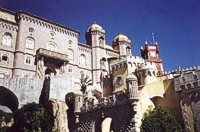 |
 |
|
To make it a difficult choice for the curious visitor and only slightly
farther a field, lie the impressive Mafra Convent, the cosmopolitan seaside
resorts on the way to Cascais, the verdant Serra da Arrábida and picturesque
Sesimbra, the Sado estuary and the aristocratic farmhouses of Azeitão.
Driving south, the ochre and blue unspoiled beaches on the Alentejo coastline
open on to a vast Atlantic horizon. Arrábida Natural Reserve Guided Tour |
